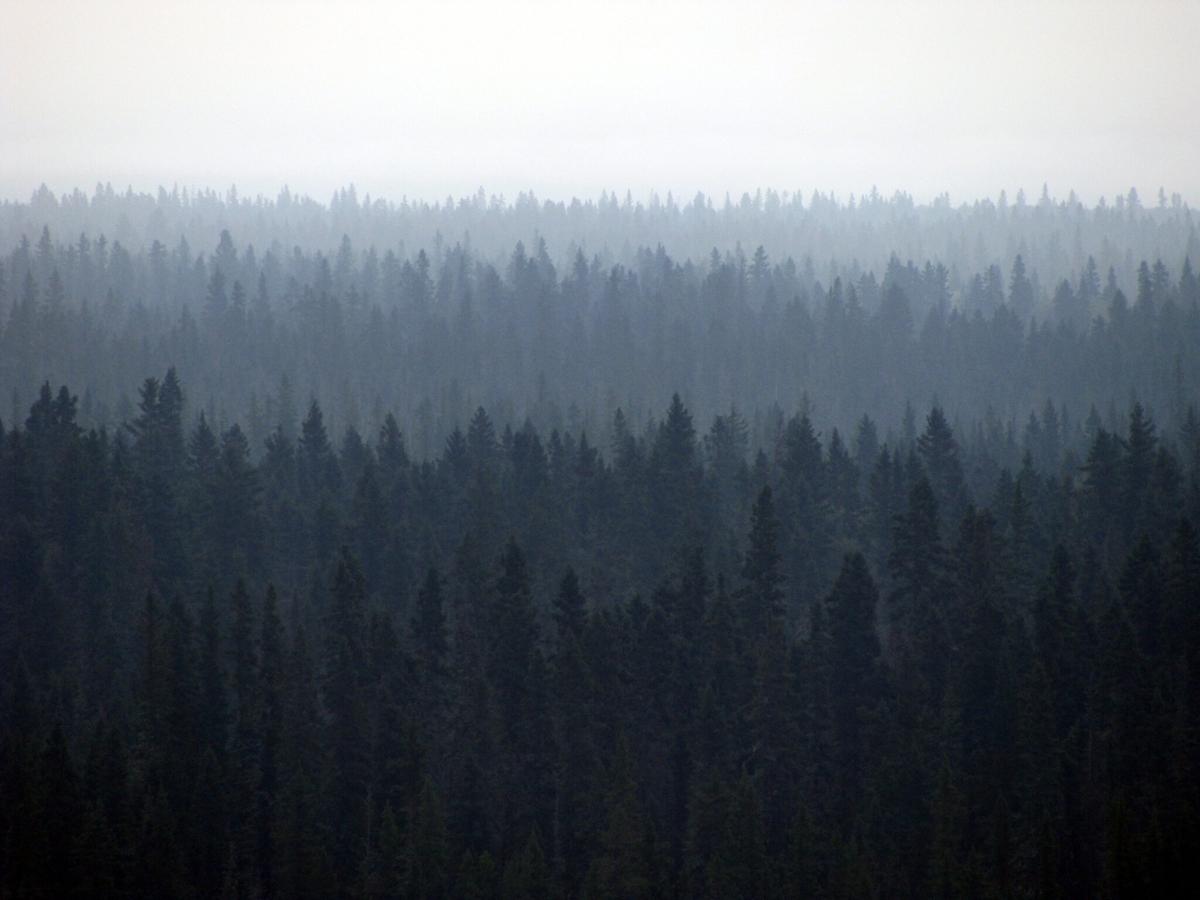Rich natural ecosystems support many species of plants and animals, and a complex tangle of ecological relationships. But the world is currently experiencing a biodiversity crisis caused by human activities such as the destruction of natural habitats for farming and building, and global climate change.
Researchers are working to understand the nature and extent of this human damage to natural ecosystems. Studies of satellite images show that about twenty to forty percent of Earth’s land surface remains free of human incursions such as deforestation and roads.
In 2021 an international team of conservation scientists published a more sensitive estimate of the health of Earth’s ecosystems. The researchers defined an intact ecosystem as one where all the species that were present five hundred years ago are still present, and sufficiently abundant to play their ecological roles. Analyzing data on species abundance gathered by environmental scientists, the researchers concluded that only about three percent of Earth’s land surface qualifies as ecologically intact.
Most of the pristine areas are at northern latitudes, such as Canada’s boreal forests with their abundant spruce and pine trees, and Greenland’s tundra. But due to harsh northern climates, they also harbor fewer species. The intact areas also include more species-rich rain forests in places such as the Amazon, Congo, and portions of Indonesia. Only about eleven percent of the intact areas fall within existing protected areas such as wildlife preserves or national parks.
Fortunately, some the areas that didn’t meet the researchers’ criteria for being intact have lost only a few species. If only one to five species were restored to each, the percentage of ecologically intact area would jump to twenty percent.










